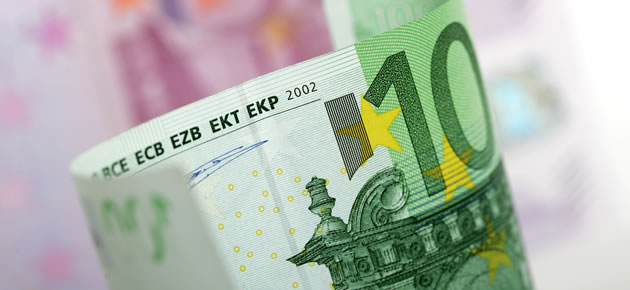The Euro to USD exchange rate began the week little altered, trading in the region of 1.3590.
Last Thursday the US Dollar was bolstered as impressive local employment data added to the case for the Federal Reserve increasing interest rates, while the European Central Bank reaffirmed its commitment to leaving interest rates unchanged.
The EUR/USD pairing softened to a one-week low before trending in a narrow range as US markets closed on Friday for the July 4th celebrations.
In the view of one currency strategist; ‘What the market’s looking for is an indication that the FOMC debate is maybe getting a little bit more lively. Should we see that, obviously we’d expect the US Dollar to start strengthening a little bit more.’
The Euro began a fresh five days of trading on the back foot as German Industrial Production declined.
According to the report, the level of industrial production in the Eurozone’s largest economy fell by -1/8% in May, month-on-month, rather than stagnating as forecast. The previous month’s figure was negatively revised to a decline of -0.3%.
On the year, non seasonally adjusted industrial output was up by 1.3%. A year-on-year increase of 3.6% had been anticipated.
The production data elicited this comment from economist Andreas Scheuerle, ‘Even if some of this is down to missing days at work [during the May bank holidays] and might be recovered later, there was simply not the momentum in the second quarter.’
However, Euro losses were limited as a separate report for the Eurozone showed that the Investor Confidence gauge compiled by Sentix didn’t slid to 7.8 in July as economists had feared.
The measure of sentiment actually rallied from 8.5 to 10.1 this month.
The Euro to USD exchange rate was unchanged after the reports were published and with little in the way of US news on the cards for the rest of the day, any further movement will be limited.
The Euro to Australian Dollar (EUR/AUD) exchange rate was unchanged following the publication of Australia’s Ai Group (AiG) Performance of Construction index.
Although the measure showed a substantial improvement (jumping back above the 50 mark separating growth from contraction), last week’s dovish comments from the Reserve Bank of Australia kept interest in the Australian Dollar considerably subdued.
As the week progresses both the Euro to USD and EUro to AUD exchange rates could experience volatility as a result of the publication of the European Central Bank’s monthly report and German inflation data.
China’s inflation and trade balance figures will also have a considerable influence on the strength of the commodity-driven Australian Dollar.
UPDATED 10:55 GMT 08, July 2014
Euro to USD Exchange Rate Falters, EUR/AUD Struggling
On Tuesday the EUR/USD exchange rate fluctuated in response to German trade data. While exports exceeded imports, resulting in a trade surplus, the level of exports dropped by considerably more than anticipated and this weighed on the Euro.
The Euro to USD exchange rate declined by 0.1% during local trading and hit a low of 1.3585.
Meanwhile, the EUR/AUD pairing plummeted by 0.3% as investors responded to the news that Australian Business Confidence improved as companies acclimatise themselves to the Federal Budget outlined in May.
Later today some movement in the Euro to US Dollar exchange rate could occur in response to the US JOLTs Jobs Openings report. As this particular measure of employment is favoured by Federal Reserve Chairwoman Janet Yellen, an upbeat result could help the ‘Greenback’ advance.
EUR/USD movement may also be occasioned by the US Consumer Credit figure.
Euro (EUR) Exchange Rates
[table width=”100%” colwidth=”50|50|50|50|50″ colalign=”left|left|left|left|left”]
Currency, ,Currency,Rate ,
Euro, ,US Dollar,1.3596,
,US Dollar,1.3596,
Euro, ,British Pound,0.7934,
,British Pound,0.7934,
Euro, ,Australian Dollar,1.4520,
,Australian Dollar,1.4520,
Euro, ,New Zealand Dollar,1.5556,
,New Zealand Dollar,1.5556,
Euro, ,Canadian Dollar,1.4471,
,Canadian Dollar,1.4471,
[/table]



